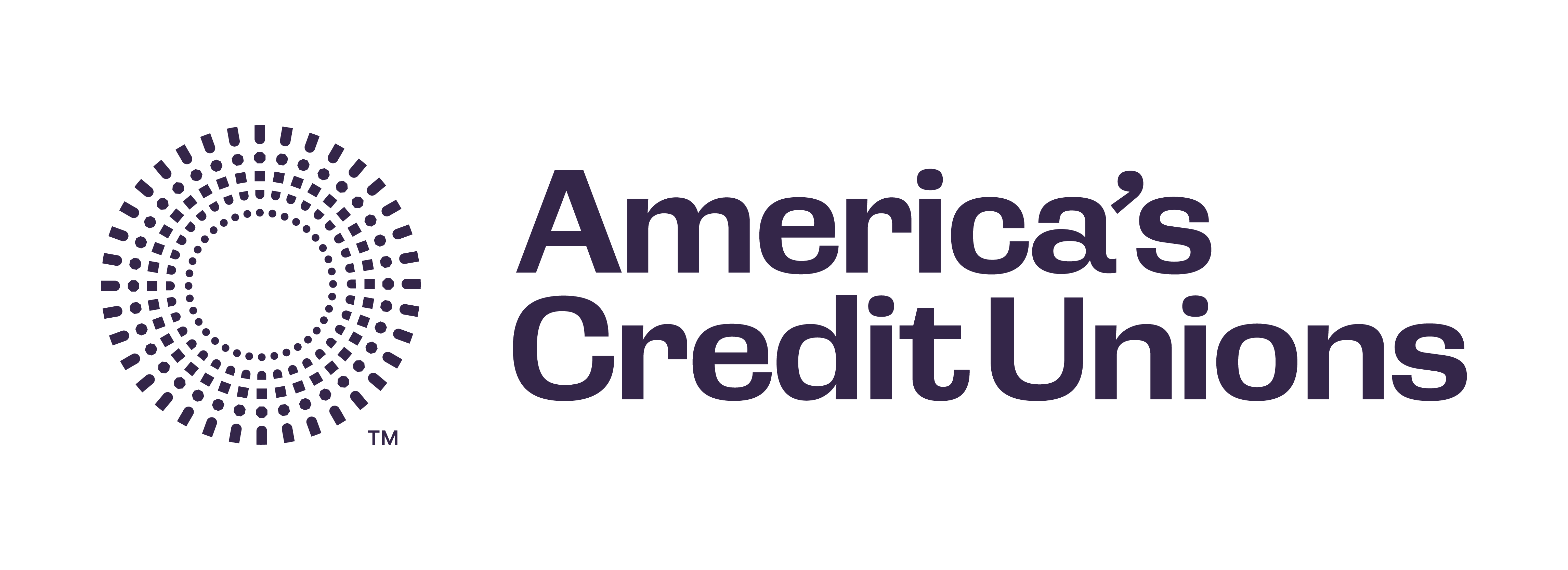Newsroom
FASB: December 2019 effective date for credit-loss standard
The Financial Accounting Standards Board decided yesterday that its accounting standard for the timely reporting of credit losses will take effect for fiscal years beginning after Dec. 15, 2019, for non-public entities such as credit unions.
The board also voted to allow early application of the standard for fiscal years beginning after Dec. 15, 2018, which is the implementation date for public business entities that file with the Securities and Exchange Commission. FASB is expected to finalize its credit losses project during the first quarter of 2016.
FASB's proposed accounting standard would establish a "current expected credit loss" (CECL) model for the reporting of credit losses by financial institutions.
Under this model, the allowance for loan and lease losses (ALLL) would reflect the credit union's current estimate of the contractual cash flows that it doesn't expect to collect, based on its assessment of credit risk as of the reporting date. This would replace the current "incurred loss" model, which doesn't require recognition of the credit loss until the loss is probable or has been incurred.
NAFCU has repeatedly expressed apprehension about the proposed standard. In a May 2013 official comment letter to FASB, NAFCU said the proposal would "have a uniquely negative impact on the credit union industry. As member-owned cooperatives that are not publicly traded, credit unions should not be subject to this rule."
In August, NAFCU staff and credit union representatives received a briefing from FASB staff on the proposed standard and were given the opportunity to raise their concerns.
Share This
Related Resources
The Bottom Line on Insurance Tracking and Collateral Protection
Strategy
preferred partner
Allied Solutions
Blog Post
Resiliency In Your Incident Response Plan
Cybersecurity
preferred partner
DefenseStorm
Blog Post
Add to Calendar 2024-04-15 09:00:00 2024-04-15 09:00:00 Mergers and Acquisitions: Unifying Two Different Executive Total Compensation and Benefits Programs Listen On: Key Takeaways: [03:50] With the merger of a smaller credit union into a larger one you are really only dealing with integrating staff into the larger credit union. [05:53] When working with a merger of equals we start with a deep dive into the executive compensation and benefits of each organization. [09:09] If your current executive benefits provider doesn’t conduct regular plan evaluations, consider having a plan audit anyway. [13:46] Don’t overpay for these things if you don’t have to. When you have more options available that means the cost is more appropriate. [17:11] It is in a unified organization’s best interest to do tier timelines where we look at your top executives who are critical to the unified organization’s success today and then slowly add in the next levels. Web NAFCU digital@nafcu.org America/New_York public
Mergers and Acquisitions: Unifying Two Different Executive Total Compensation and Benefits Programs
preferred partner
Gallagher
Podcast
Add to Calendar 2024-04-11 14:00:00 2024-04-11 14:00:00 Regulation E: Impacts Across Your Institution Dive into regulatory excellence with, Regulation E: Impacts Across Your Institution. This webinar is tailored to empower you with the knowledge and strategies necessary to effectively implement the Electronic Funds Transfer Act (EFTA) and Regulation E within your operations. You’ll explore how to apply Regulation E across various business areas to ensure compliance obligations are met with precision. Key Takeaways Learn the basics of EFTA and Regulation E Understand how to apply Regulation E at your organization to detect processes and transactions that require Regulation E compliance Discover how Regulation E may apply to a large breath of areas in your institutions and functions for which you may rely on third-party vendors Review recent enforcement activity for non-compliance with EFTA and Regulation E Register Now $295 Members | $395 Nonmembers(Additional $50 for USB)One registration gives your entire team access to the live webinar and on-demand recording until April 11, 2025Go to the Online Training Center to access the webinar after purchase » Who Should Attend NCCOs NCRMs Compliance and risk titles Education Credits NCCOs will receive 1.0 CEUs for participating in this webinar NCRMs will recieve 1.0 CEUs for participating in this webinar Web NAFCU digital@nafcu.org America/New_York public
Regulation E: Impacts Across Your Institution
Credits: NCCO, NCRM
Webinar
Get daily updates.
Subscribe to NAFCU today.
